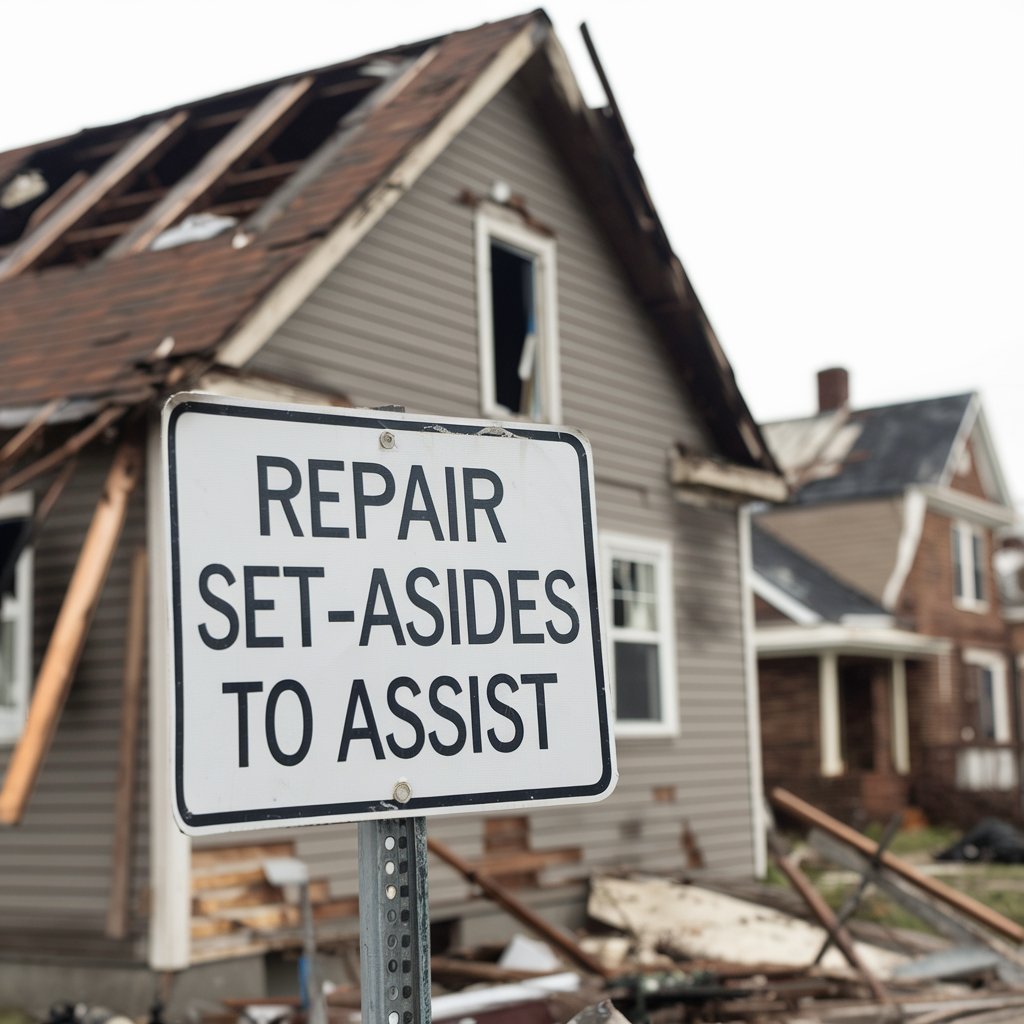Reverse Mortgage for Home Repair | Repair Set-Asides to Assist
If you or a loved one is considering a reverse mortgage in California and the home requires repairs, you may be wondering how those costs will be handled. The good news is that HUD guidelines allow for repair set-asides under certain conditions, making it possible for homeowners to move forward with their loans even if they don’t have the funds upfront for repairs.
Who Pays for the Appraisal to Determine Home Value?
The borrower is responsible for paying for the appraisal. Before proceeding, it’s a good idea to check the recent sale prices of similar homes in your area. If comparable sales are available, they can give you a strong indication of your home’s value. If sales are limited, ordering an appraisal may be the only way to determine the home’s worth.
Can Loan Proceeds Be Used for Required Repairs?
Yes, under HUD guidelines, some repairs can be funded through a repair set-aside. Here’s how it works:
- Some repairs noted in the appraisal may not need to be completed at all, and the home’s value will be adjusted accordingly.
- Some necessary repairs will require a repair set-aside, meaning that 1.5 times the estimated repair cost will be held and released once the work is completed.
- Critical health and safety repairs must be completed before closing. Fortunately, many contractors familiar with reverse mortgages will perform the work before closing, knowing they will be paid once the loan funds.
Steps to Determine if a Reverse Mortgage is Right for You
Before committing to a reverse mortgage, you should carefully weigh the pros and cons. Consider the following:
- Home Value: If comparable sales suggest your home’s value is lower than expected, it may impact the loan amount you qualify for.
- Repair Costs: If repair costs are extensive, consider whether setting aside loan funds for repairs will still leave you with sufficient proceeds to meet your financial needs.
- Loan Terms: Review all aspects of the loan, including interest rates, fees, and how funds will be disbursed to ensure it aligns with your financial goals.
HUD Repair Set-Aside Guidelines
The repair set-aside process follows strict HUD guidelines:
- A lender may charge an administrative fee (the greater of 1.5% of repair costs or $50) for managing the repair set-aside.
- At closing, at least 150% of the estimated repair costs must be allocated in the set-aside account.
- Repairs must be completed within the timeframe specified in the loan agreement. If not, the lender may freeze the loan, making funds available only for property charges and mortgage insurance premiums (MIP) until repairs are completed.
- Once repairs are done, remaining unused funds will be transferred to the borrower’s line of credit.
- If repairs exceed the amount set aside, the borrower must cover the additional cost, either out-of-pocket or through their line of credit.
Final Thoughts
A reverse mortgage repair set-aside can be a valuable tool for California homeowners looking to fund necessary home repairs while accessing their home’s equity. However, it’s essential to evaluate all factors before proceeding to ensure this loan option fits your financial situation.
📞 Call us: 909-642-8258
📍 Google Business Profile: Reverse Mortgage California

